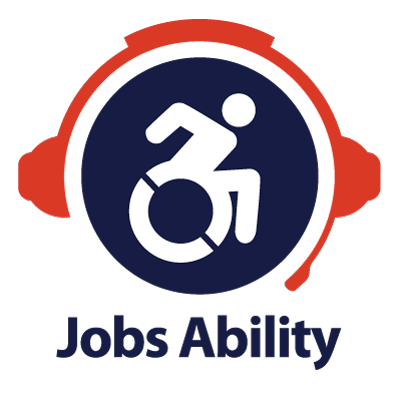New York State Weekly Job Posting MARCH 23, 2017
March 29, 2017Cornell University ILR School Job Posting
March 30, 2017Mhanys update on behalf of Glenn Liebman
Yesterday we witnessed a rare occurrence in Albany, the harnessing of the power of State Government on a bipartisan basis to support the unsung heroes who provide direct care to vulnerable New Yorkers on a daily basis. Governor Cuomo and the Legislative Leaders from all sides of the aisle came together and spoke at the rally of Direct Care Service Providers from across New York State. More than just speaking, they made a strong commitment to funding for this workforce.
It was a memorable moment and one that has been long in coming. Our colleagues in the Development Disabilities field have done an incredible job of raising awareness of the needs of direct care staff through their BFair2DirectCare campaign. All of their great work cumulated in yesterday’s rally.
Mental Health and Addiction Disorder advocates have been mounting our own campaign recently to ensure that our workforce is included in this funding. Many agencies in the MHA network and in other community agencies have developmental disability programs, mental health and substance abuse programs. All work hard, all work 24/7, all respond to crisis—it only makes sense that this workforce would be looked on through the prism of a large tent. Our voices were heard – the announced deal included all, not just some, of the direct care workers across all disability groups in this incredibly important investment which will raise the quality of care provided, as well as rewarding staff for their service. Thanks to the Governor and the Legislature for listening and responding.
Funding Breakdown
As we know, words are cheap. Actual commitments are not cheap. Yesterday’s workforce announcement is the largest funding commitment to the mental hygiene workforce in many years. The way the funding breaks down in mental health is that on January 1, 2018, all the direct care staff will receive a 3.25% funding increase. On April 1, 2018, the direct care workforce will receive an additional 3.25% funding increase. In addition, on April 1, 2018, much of the clinical staff will receive a 3.25% funding increase. In summary, over a two year period, the direct care staffs will receive a 6.5% funding increase while some clinical staff will receive a 3.25% funding increase.
Advocacy Efforts to Continue
We are very appreciative of this commitment but we also know that this is just the first step in a campaign to continue to raise awareness of the workforce. The effectiveness of our campaign will not end—this is just the beginning of our combined voices working for a full workforce commitment in the years to come.
Along with our members at MHANYS, I would like to commend the other members who have worked tirelessly recently in pursuit of a common workforce agenda—NYAPRS, ACL, NAMI, Coalition for Behavioral Health, Conference of Local Mental Hygiene Directors, NYASAP, Families Together, NYS Council of Community Behavioral Healthcare, NYS Coalition for Children’s Behavioral Health, NYSRA as well as our lobbyist Kevin Cleary. Also, most importantly, the grassroots was a strong voice for support. Thousands of phone calls were generated in support of funding increases for the workforce. As we have always said, when our entire community speaks with one voice, we can accomplish great things.
Thanks are in order
We also recognize that this is a real commitment of dollars from the State and the Legislature. We are very appreciative of Governor Cuomo, Senate Majority Leader John Flanagan, Assembly Speaker Carl Heastie, IDC Chair Jeff Klein, Senate Minority Leader Andrea Stewart-Cousins and Assembly Minority Leader Brian Kolb. We also really want to acknowledge the great work of our respective mental hygiene chairs, Senator Robert Ortt and Assemblymember Aileen Gunther. They have spoken out in support of the entire workforce and that is greatly appreciated. Also, what helps drive the ship in the leadership is the hard working staffs who have shown their own very passionate commitments to this funding.
Caveats, Caveats, Caveats,
Though it will be hard to back track from these commitment, please note that the State Budget has not passed yet so this does not become official till after Budget passage.
We also know that this is an important commitment, but we realize there has been an erosion in our workforce over the years. The lesson of working together and speaking with the same strong voice will help bolster our advocacy on workforce in the future. This is not the end of a workforce campaign, this is just the beginning. After we thank the leadership for their strong commitment, we will continue to raise our voices in the future in support of the workforce.
